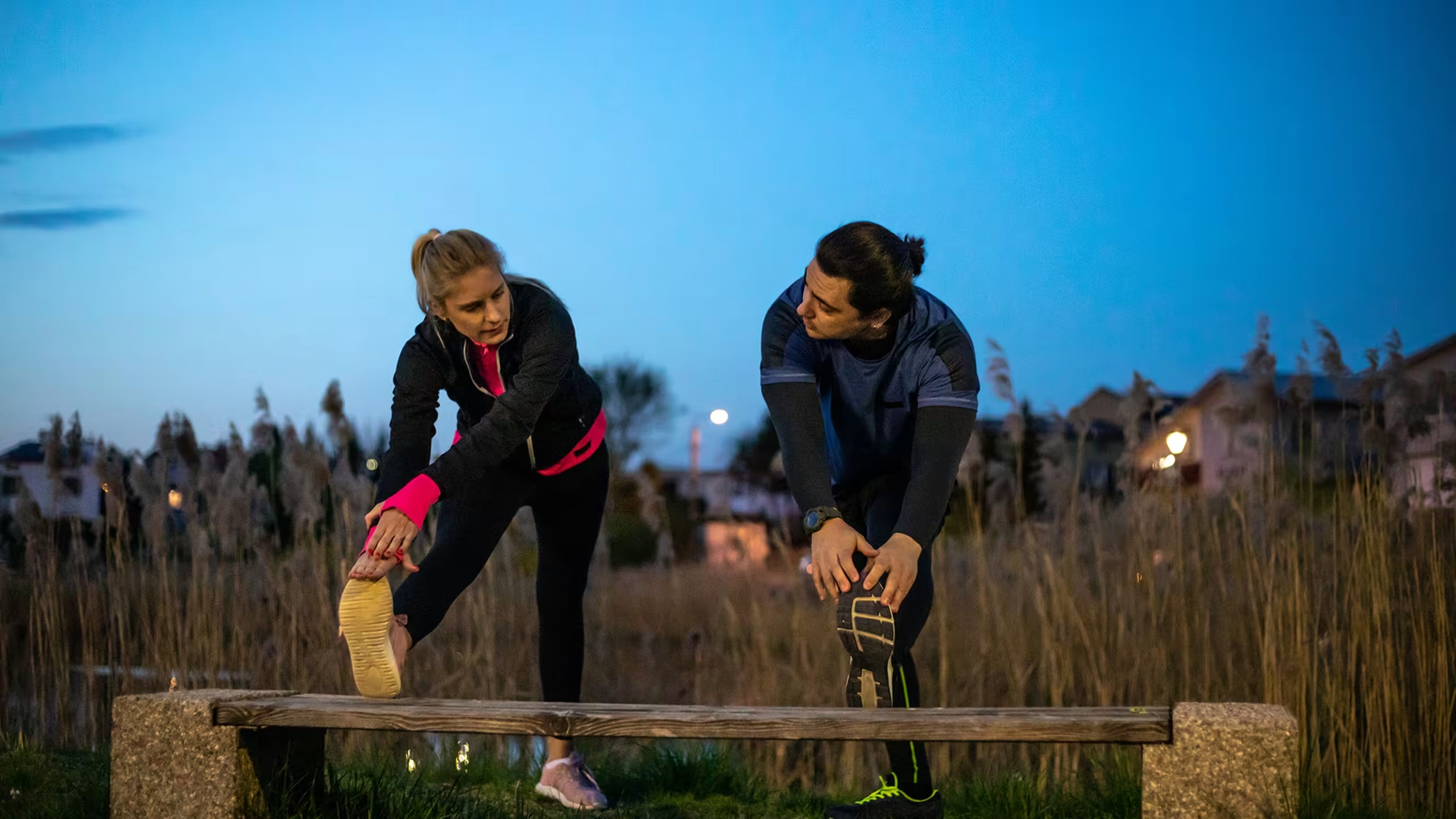Questions about stretching are often controversial in the sports world for several reasons. On the one hand, because science has not yet given all the answers to these questions, and on the other hand, because there is not just one type of stretching but several and we do not all react in the same way when performing them. One statement is nevertheless a consensus, it is that it is not recommended to do passive stretching before a sports session. This type of stretching as a warm-up can reduce sports performance and promote the occurrence of injuries.
Passive stretching is the most popular type of stretching that involves stretching the muscle while it is at rest. For example, passive stretching of the quadriceps, the muscle in front of the thigh, involves tensing this muscle for 30 to 40 seconds by bringing the heel to the level of the buttock.
These passive stretches are not recommended before a sports session: it is better to warm up to put your body in the best sports conditions. And this is thanks to stretches and dynamic exercises such as jumping on the spot, heel-buttock movements, knee raises or even arm windmills and neck rotations. These movements are effective for warming up muscles and joints before a match or sports training.
Different stretches depending on the desired benefit
Should you stretch right after your workout or wait a little while? A common theory states that practicing a sporting activity, especially when it is intensive and prolonged, is responsible for micro muscle lesions, and that stretching after sport increases these micro lesions, and therefore the risk of injury. It is therefore better to favor short passive stretches, i.e. less than 30 seconds to promote muscle recovery and reduce muscle tension.
Then, later, two hours later or ideally the next day, for the other stretches, you have to choose the type of stretching according to the benefit you are looking for. If it is to gain flexibility, you should favor passive but longer stretches, from 30 seconds to a minute. And then, if it is to gain joint mobility, you should favor dynamic stretches, that is to say stretches with repetitions of muscular movements.
It should be noted that stretching should be done gradually and smoothly, bilaterally and should not be painful, or very slightly. You should feel a muscular tension. For more details on stretching and how to do it properly, it is advisable to contact a physiotherapist or sports doctor.
